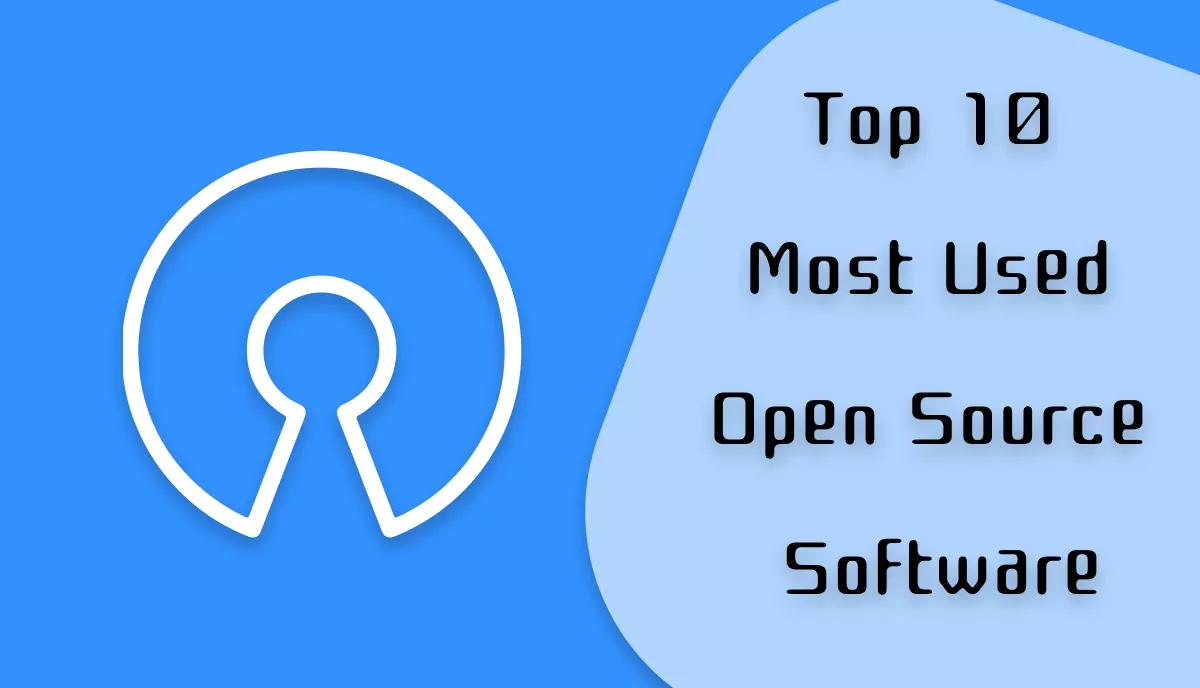


Second, we will explain some pitfalls of corporate open-sourcing both as a code user and at code producer level, followed by some controls and best practices aiming at keeping a healthy open-source ecosystem. In this article, we will first present the origin, rise, and ideology that drives the OSS community.

The question is, is this practice safe for your security and compliance program? Alternatively, if it’s not safe, what controls could be applied to your product team to mitigate the risks? Moreover, the rise of DevOps in corporate IT and the constant need to shorten the time-to-market for new digital products increased the temptation from product owners and development teams to use freely available code before analysis or validation to improve the delivery of Key Performance Indicators. The acquisition of Red Hat by IBM last year, which follows the acquisition of GitHub by Microsoft in 2018, demonstrates that open-source professional-grade software is no longer a utopia. Based on these inherent specificities, this article subsequently lays the foundations to control risks related to the use and contribution to open source without reducing its business potential. This article analyzes the origin of the open-source software (OSS) movement, how it relates to the ongoing trends in the enterprise and open source worlds, as well as the corresponding risks.


 0 kommentar(er)
0 kommentar(er)
